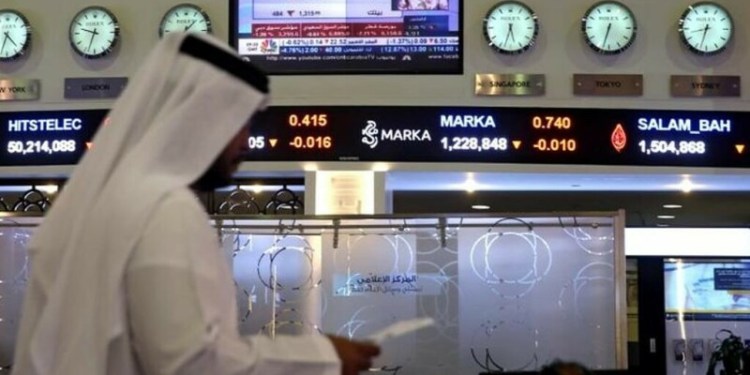According to customs statistics: In September 2019, China imported 298,800 tons of styrene, with a total total of 2,194,500 tons. The average monthly import price was 1040.09 US dollars/ton. Imports in the month increased by 161,000 tons or 5.8% compared with the previous month, an increase of 72,200 tons or 32.7% compared with the cumulative amount in the same period last year.
Compared with last year’s data, since January-September this year, imports have increased significantly compared with the same period of last year. China is still the world’s largest consumer, and the Middle East, Japan, South Korea and Taiwan are the mainstream import trading partners of China. The trend of rapid decline in imports from the second half of 2018 has resumed. Imports this year are expected to be as high as 2.92 million tons, which is equivalent to or slightly increased from the total import volume of 2.914 million tons in 2018.
From the analysis of the import data of styrene in a single month, this year’s import volume is relatively different, with the lowest and highest historical value. From the curve, it can be seen that March is the lowest in the history of recent years, which is 131,000 tons. It is the highest level in the beginning of this year. To 395,400 tons, the price difference between the two is 2 times. It shows that the fluctuation of imports is large. In the first quarter, the market was sluggish and the market fell to a low level. At the end of March, the price in East China fell to a level lower than last year’s low of 7850. The high import volume in January also caused the difficulty of destocking in the first quarter. The import volume gradually decreased, coupled with the centralized maintenance of domestic and foreign devices. In the second quarter, styrene also gradually recorded a rise. Since the second half of the year, there has not been a significant increase in the volume of imports. The demand is stable and the port is gradually digested. The inventory in the second half of the year is lower than that of the first half.
From the analysis of the proportion of import trading partners of 9th, Saudi Arabia, Kuwait, Japan, Singapore, and Taiwan, China accounted for the top five of China’s import sources, totaling 80.02%, of which Saudi Arabia accounted for 39.3% and China Taiwan 13.66%. Japan 10.25%.
Entering the “Golden September and Silver 10” styrene market, the trend has been sluggish. Although most of the downstream demand still maintains a relatively stable operating rate, there is little new demand. At the end of the year, there are few new downstream devices on the market, and supply side, 9 The monthly import volume is high, and it is expected that the import volume will not decline in October. As some cargoes are delayed, the release of domestically-added new capacity has been put on the agenda and has become a sensitive nerve in the market. In addition to the normal commercial operation of Sino-Korea Petrochemical and Hebei Shengteng new installations from June to July this year, the commissioning process of large-scale refining and chemical integration large projects at the end of the year or the first quarter of next year has quietly approached, looking at the downstream demand. New but difficult to match, so there will be a certain impact on the spot market. How to effectively resolve new capacity in the market or focus on the downstream demand fundamentals and the sustainability of external import cargo delays.
Source: Zhongyu Information
Translated by Google Translator from http://www.cria.org.cn/newsdetail/51512.htm



























